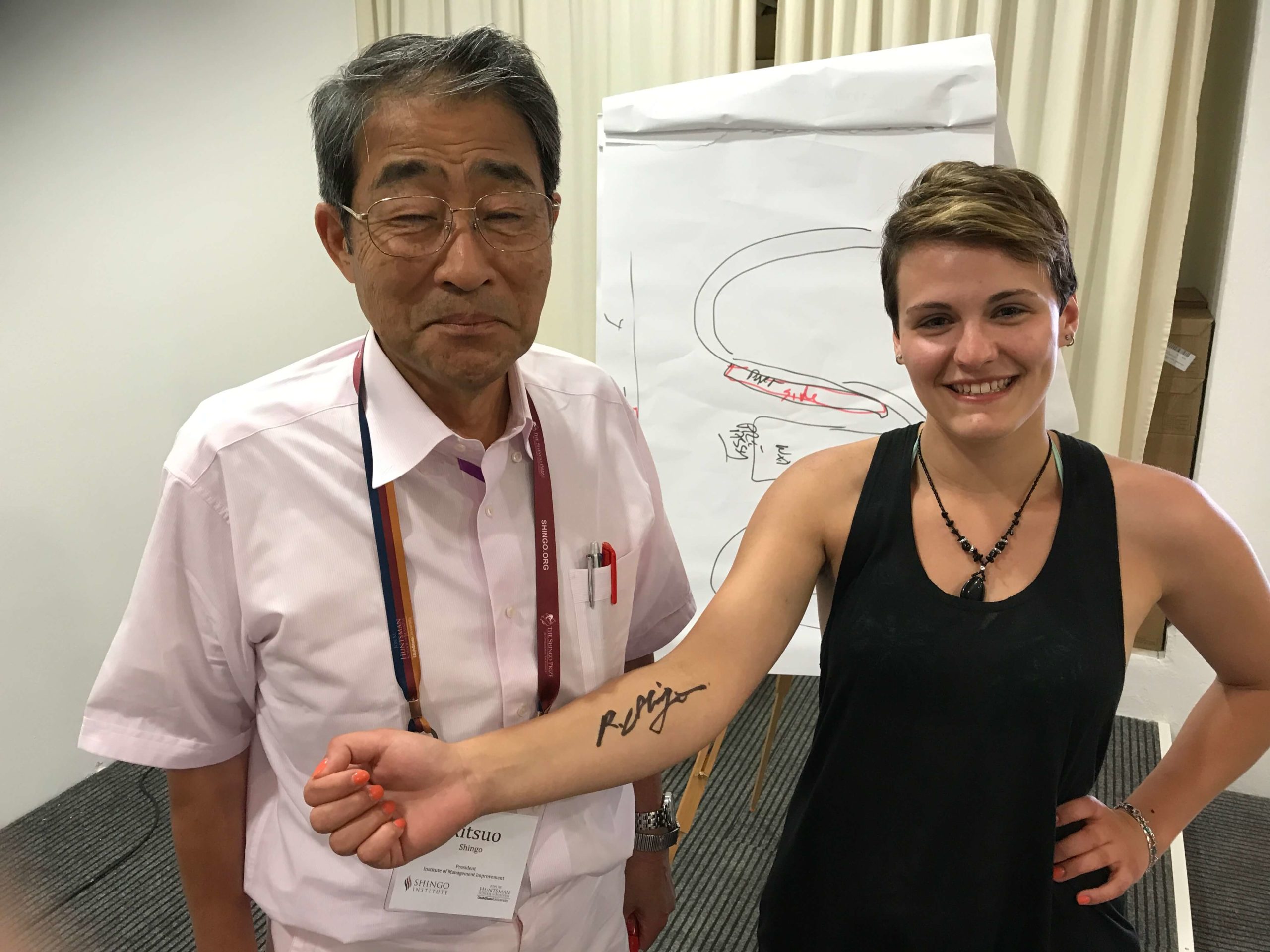Follow Us :
Ritsuo Shingo started his career with Toyota Motor Company in 1970 and retired in 2012. He helped during the start-up stage of five Toyota manufacturing plants outside Japan, and spent more than 13 years in various roles at Toyota in the legal, public relations and purchasing departments.
He spent more than 5 years in the US, starting up the Toyota Detroit office and the Toyota Kentucky as a purchasing agent. He also worked at Toyota Motor UK before returning to head up the China department in Japan.
In 1998 Toyota’s first Joint Venture in China was Sichuan Toyota Motor. Ritsuo became the first president of this joint venture. Ten years later he had established the joint venture between Hino Motors and Guang-Qi Motors and became the first president of that joint venture as well.
Ritsuo holds the record for bringing a Toyota plant to profitability in it’s first year of operation. This has never been done before or since at Toyota. This story and many others are shared in the online course. Join today!

The only way to experience the genious of Ritsuo Shingo is through recordings by George Trachilis
In each case, you can expect to:
In 2021 and 2022, George and Ritsuo dedicate time to coaching high-level executives as well as teaching the next generation of leaders a better way to lead. They call this leadership excellence. These virtual master classes covered over twenty-seven topics and stretch through 10-weeks of learning with the masters. You will receive a certificate in “Shingo Leadership Excellence.”
After successfully completing six months of learning and doing at the gemba you will receive a Black Belt certification.
Connect now to apply for consideration.
